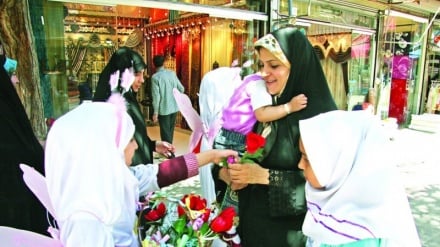Persian carpet: A narrative woven from history and culture +Images
-
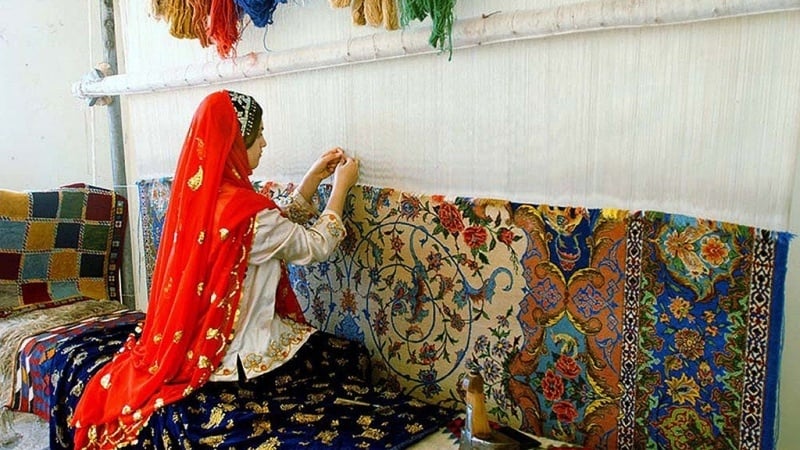
An Iranian village girl in traditional local dress, weaving a carpet
Pars Today – With a history spanning over two thousand years, the Persian carpet remains one of Iran's foremost cultural and artistic symbols on the global stage—a living testament to skill, aesthetics, and national identity.
A Persian carpet is not merely a work of art; it is a living document of history, culture, and beauty, with each knot retelling a story of Iran. As reported by Pars Today, these carpets, with their millennia-old heritage, do not just cover floors—they captivate the minds and hearts of people around the world.
From the Pazyryk carpet of the 5th century BC to the masterpieces woven in Kashan, Isfahan, Tabriz, and Kerman, the art of carpet weaving in Iran has always remained at its peak. Each region has its own distinct visual language; motifs of flowers and vines, hunting scenes, and prayer niches all reflect Iranian nature, beliefs, and lifestyle.
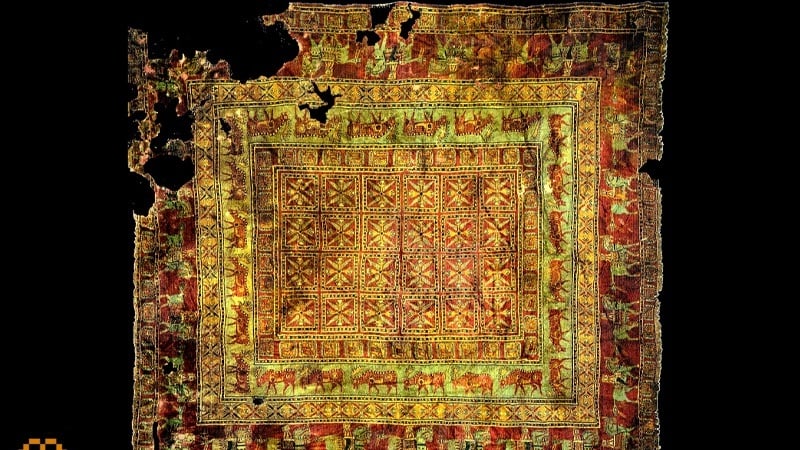
The Persian carpet is the product of patience and skill. A weaver who sits at the loom for months or years weaves not just threads, but also memories, aspirations, and their own ethnic identity. Natural dyes, hand-spun yarns, and precise knots ensure these carpets are not only beautiful but also durable and enduring.
Today, Persian carpets hold a special place in prestigious museums, the homes of art enthusiasts, and global markets. These rugs are silent cultural ambassadors of Iran, conveying the message of Persian beauty, skill, and authenticity without need for translation.
Persian carpets have been displayed not only in homes and museums but also in the world's most prominent international venues as symbols of Iranian art and culture. Below are several notable examples of the Persian carpet's presence on the global stage:
The Metropolitan Museum of Art, New York
This prestigious global museum displays Safavid-era carpets, including hunting scene carpets and prayer rugs. These works are considered valuable treasures of its Islamic Art department.
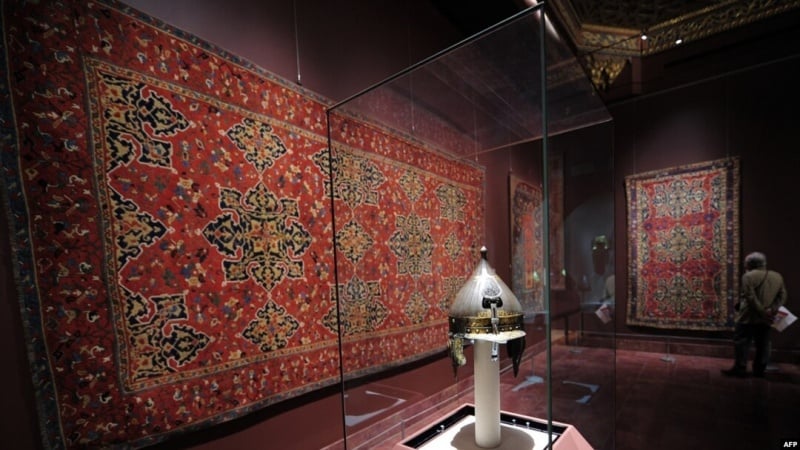
The Victoria & Albert Museum, London
This museum holds one of the largest collections of Persian carpets in Europe, including carpets from the Safavid and Qajar periods, as well as examples from Tabriz and Kerman.
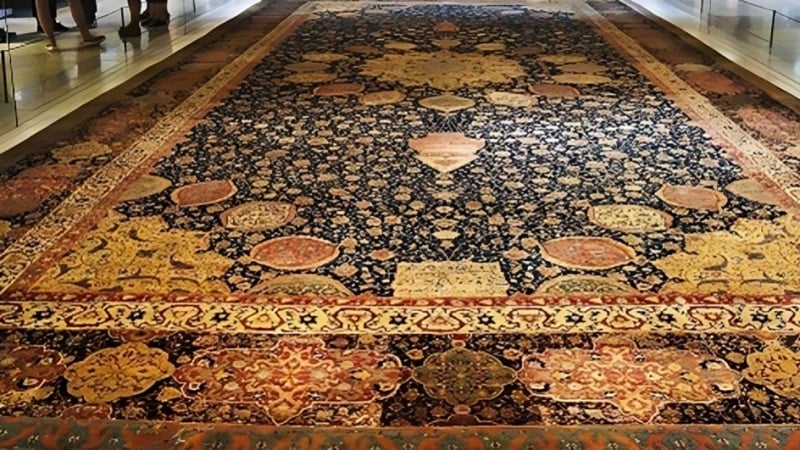
Istanbul Carpet Museum
Located in the Hünkar of the Sultan Ahmed Mosque, this museum displays Iranian carpets that were gifted to the Ottomans during the Safavid era.
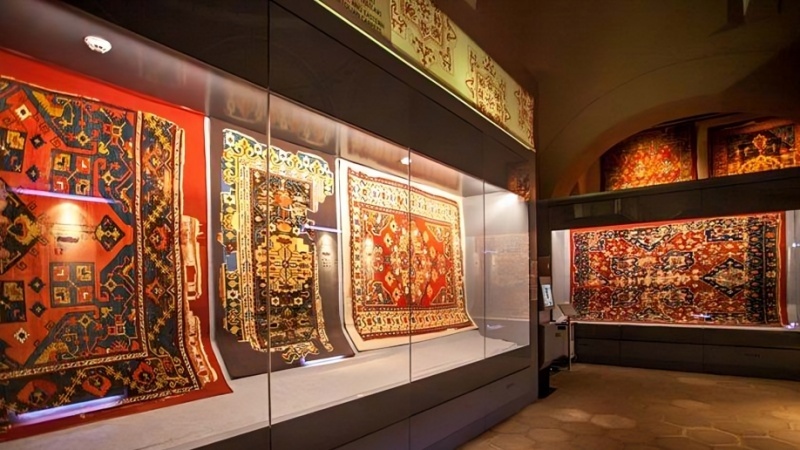
Kunsthistorisches Museum Vienna (Museum of Art History, Vienna)
This museum in Austria houses a collection of precious Persian carpets within its Islamic Art department.
This global presence demonstrates that the Persian carpet is not merely an artistic commodity, but a cultural ambassador for Iran in the world.
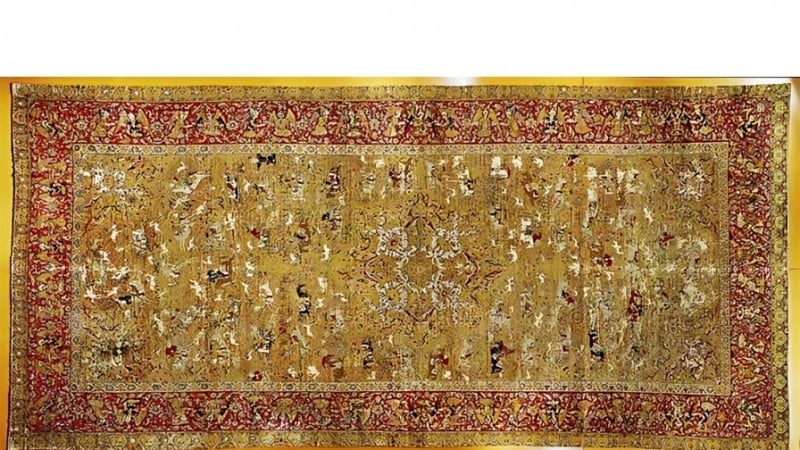
A Persian carpet cannot simply be seen; it must be felt, its stories heard, and through it, one must travel into the heart of history. Into the depths of Iran's art and soul.
